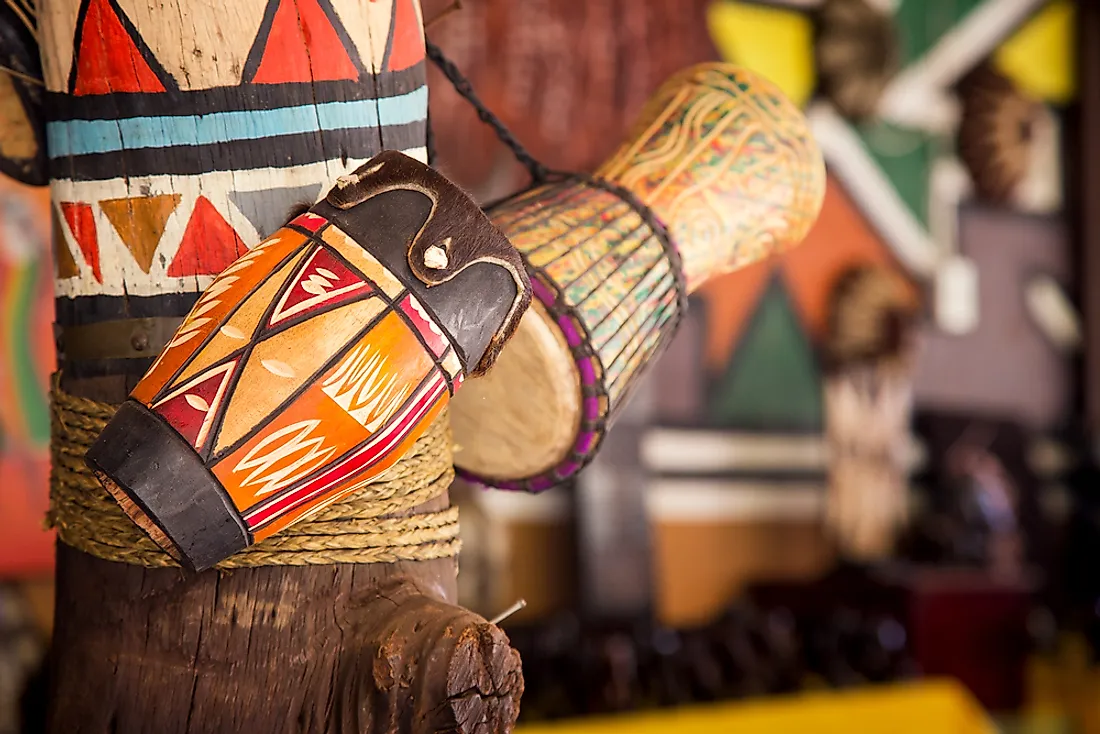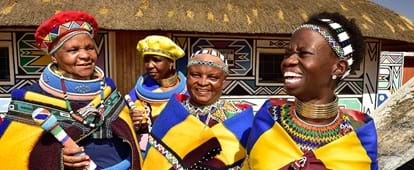How South African Culture Today can Save You Time, Stress, and Money.
How South African Culture Today can Save You Time, Stress, and Money.
Blog Article
Some Ideas on South African Culture Today You Should Know
Table of ContentsHow South African Culture Today can Save You Time, Stress, and Money.Little Known Facts About South African Culture Today.South African Culture Today Things To Know Before You Get ThisSouth African Culture Today for DummiesThe Single Strategy To Use For South African Culture TodayThe 8-Second Trick For South African Culture Today
This adheres to with singing and drum whipping. The new bride and groom after that meet the elders and talk regarding the relevance of their union. An issue of significance in Zambian towns is the diing of loved ones. All participants of the town put cash, effort and time together for the interment of the deceased.During the grieving period; males stay outside your house and the ladies stay inside your house of the deceased. After discussing the dead, the town walks to the location of interment to say their last goodbyes. Music and dance is a really important facet of the Zambian culture. The numerous tribal units have their own dancing kinds; nonetheless, makishi prevails amongst all people.
Not known Facts About South African Culture Today
When it pertains to songs, drums are utilized one of the most, with a variety of drumming events. In Zambia, majority of individuals are Christian; Protestant and Roman Catholic. There are little groups of Muslims and Hindus, with the remainder following regional indigenous tribal ideas.

South African heritage and society is greatly varied, and is composed of several various groups of people that each have their very own practices and ideas. Having such a variety of people and cultures is what makes South Africa so distinct. In truth sense of the expression, we are a rainbow nation.
Making it the 7th on the checklist of nations with the most Portuguese individuals in it outside of Portugal. Portuguese is not only a culture, but it is additionally a language and a nationality. Portuguese people originate from the nation of Portugal in Europe, nevertheless, due to Portugal (like numerous other nations in Europe) checking out the globe and overcoming various other nations during the 15th 20th centuries, South Africa has what we call Portuguese South African's living in it.
The Buzz on South African Culture Today
Amongst the famous features of the topography is a plateau that covers virtually two thirds of the center of the nation. The plateau facility climbs towards the southeast, where it culminates in the Drakensberg array, part of an escarpment that divides the plateau from the coastal areas. The Drakensburg consists of Sparkling wine Castle, the highest possible optimal in the nation.
The area north of the Witwatersrand, called the bushveld, inclines downward from east to west towards the Limpopo River, which develops the global border. The western area of the plateau, the middleveld, also descends in the direction of the west and differs in elevation between the highveld and bushveld. Between the Drakensburg and the eastern and southern shoreline, the land comes down to the sea.
Nearer the coastline there is a low-lying level called the eastern lowveld. Southwest of the plateau the country becomes gradually more dry, paving the way to the stony desert of the Great Karroo, surrounded on the east by the lower, much better watered plateau of the Little Karroo. Dividing the dry southern inside from the sandy coastal of the southern shore and West Cape is another range, the Langeberg.
Top Guidelines Of South African Culture Today
The nation's racially, ethnically, and politically divided history has generated national and subnational signs that still operate as icons of the nation, and others symbols that are accepted just by particular groups. The monuments to white read review inhabitant occupation and political supremacy, such as the Afrikaner Voortrekker ("leader") Monument in Pretoria and the Rhodes Monument honoring the British colonial realm building contractor and Cape head of state Cecil Rhodes, stay sectarian signs.
The initial modern-day inhabitants were the San ("bushman") hunter-gatherers and the Khoi ("Hottentot") individuals, that rounded up livestock (South African culture today). The San may have been existing for thousands of years and left evidence of their presence in countless ancient cavern paintings ("rock art"). Bantu-speaking clans that were the ancestors of the Nguni (today's amaZulu, amaXhosa, amaSwazi, and vaTsonga peoples) and Tswana-Sotho language groups (today's Batswana and Southern and Northern Basotho) moved down from east Africa as very early as the fifteenth century

Both previous republics of the Orange Free State and Transvaal (South African Republic) were developed by Afrikaner settlers that defeated and dispossessed the Basotho and Batswana. Lesotho would certainly have been forcibly included right into the Orange Free State without the expansion of British protection in 1869. The utmost marriage of the country arised from the South African Battle (18991902) between the British and both Afrikaner republics, which reduced the nation to spoil at the start of the twentieth century.
Afrikaners traditionally considered themselves the only real South Africans and, while granting complete citizenship to all citizens of European descent, refuted that standing to individuals of color till the democratic change of 1994. British South Africans maintain a sense of social and social connection to Great Britain without deteriorating their identification as South Africans.
South African Culture Today Fundamentals Explained
The variety and fragmentation within ethnic groups and the balance of tensions between those teams throughout the twentieth century protected against interethnic civil dispute. While intergroup stress over sources, entitlements, and political prominence remain, those disputes are as likely to pit Zulu against Zulu as Zulu against Xhosa or African versus Afrikaner.
From colonial India, British sellers and administrators brought the bent metal ornamental roofings and slim lace work columns that still symbolize the outdoor patios of cottages in communities and cities throughout the nation. Holy places contribute an important architectural aspect even in the tiniest towns. In addition to the soaring steeples and classic stonework of Afrikaans Dutch Reformed churches, Anglican churches, synagogues, mosques, and Hindu temples supply variety to the religious architectural scene.

Butchering and the developing of conventional cereal beer are essential in safeguarding the involvement and you could try here a good reputation of the ancestors that are thought about the guardians of great fortune, success, and health. Indian communities preserve their native culinary traditions and apply them on Islamic and Hindu routine and ceremonial occasions. Afrikaners and Coloured individuals gather at weekends and unique occasions at multifamily barbeques called braais, where community bonds are strengthened.
Because this was the Get More Information primary financial venture of both black Africans and white colonists, conflict in between those teams fixated the possession of grazing land and animals. In 1867, the biggest ruby deposits worldwide were uncovered at Kimberley in the west main location. The riches from those fields aided fund the exploitation of the greatest gold coral reef worldwide, which was found on the Witwatersrand in 1886.
The Buzz on South African Culture Today
This brought about misunderstandings and deliberate misstatement in the transactions of white settlers and federal government officials with African principals throughout the early american period (South African culture today). In the establishment of African books, some aspects of common and primarily "tribal trust" land period were protected, and even in white backwoods, types of public tenure were still practiced in locations with African neighborhoods
After the autonomous improvement of 1994, programs for land restitution, redistribution, and reform were instituted, yet progress has actually been slow. The white minority still regulates eighty percent of the land. In the wake of farming land invasions in Zimbabwe, the Department of Land Affairs has promised to speed land redistribution.
Report this page